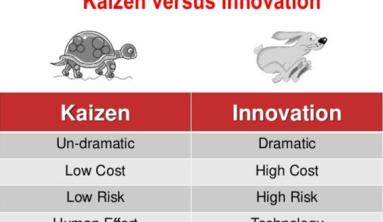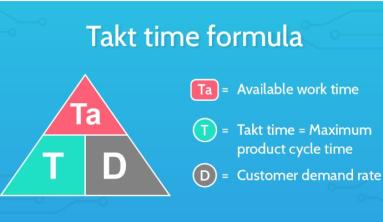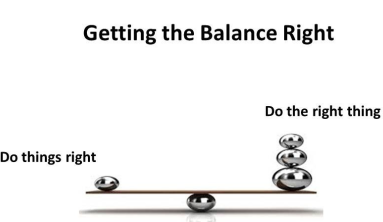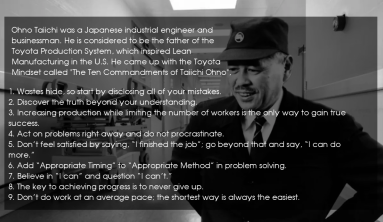Muda
Muda, the standard 7 wastes: Over-Production, Inventory, Motion, Defects, Over-Processing transport & Waiting.
Literally translated, muda means “futility; uselessness; wastefulness,” though more broadly it refers to the seven common types of waste seen in business:
nd don’t forget the human wastes: Talent, Focus and Communication waste.Defects in the end product
- Time lost due to waiting for processes
- Non-essential movement
- Excess material or equipment inventory
- Excessive production
- Redundant processes
- Unnecessary transport or handling of materials or products

Mura
Mura, losses due to variation.
Mura refers to “unevenness” or “irregularity” -- specifically, irregularity in production levels. Consistently stable levels of production allow a business to effectively implement maintenance procedures and reduce worker fatigue, while uneven production leads to more frequent equipment failures, employee burnout, and increased difficulty in accurately planning for the future.
Variation can be found in every part of the process:
- Processes that are not well balanced
- Fluctuating customer demand
- Machine breakdowns and delays
- Variation created by downtimes (man/machine)
- Repetitive actions of a person or machine that deviate from the baseline
- Impact of defects
- Insufficient staff present
- Not having the right materials and tools

Muri
Muri, losses due to the overloading your people and/or machines
“Beyond one’s power” is an especially potent definition for muri, as it refers to employees or equipment that have been overburdened. The dangers of muri should be obvious. Employees who are overworked experience greater levels of burnout, and a lack of situational awareness caused by exhaustion can be extremely dangerous, particularly in industries that rely on heavy machinery or dangerous chemicals. Likewise, equipment that’s stressed too much will break down more frequently, and can create wholly new hazards for anyone nearby.
All lean companies strive to eliminate muda, mura, and muri, but it’s important to explicitly identify all sources of waste before deciding on a removal plan. Muda, mura, and muri feed into and directly impact one another, and it’s all too easy to decrease muda only to see muri increase. Or for mura to decrease while muda increases. To avoid a painful, drawn out game of inefficiency whack-a-mole, muda, mura, and muri should be combated simultaneously, using a holistic approach that trades quick, superficial fixes for entrenched improvements in business processes.
If you overstretch or overstress people and machines, you create safety risks, quality loss and even health problems.
Typical causes
- Workplace organisation that has not be thought through
- A lack of (preventive) maintenance, unreliable machines
- A lack of reliable processes
- A lack of the right tools
- Insufficiently trained staff
- Over-planning of the production equipment
- Excessive fluctuation of the customer demand
Conclusion:
Muda is a result of Muri and Mura. Blindly removing Muda will maybe remove the symptoms, but not the root causes!





